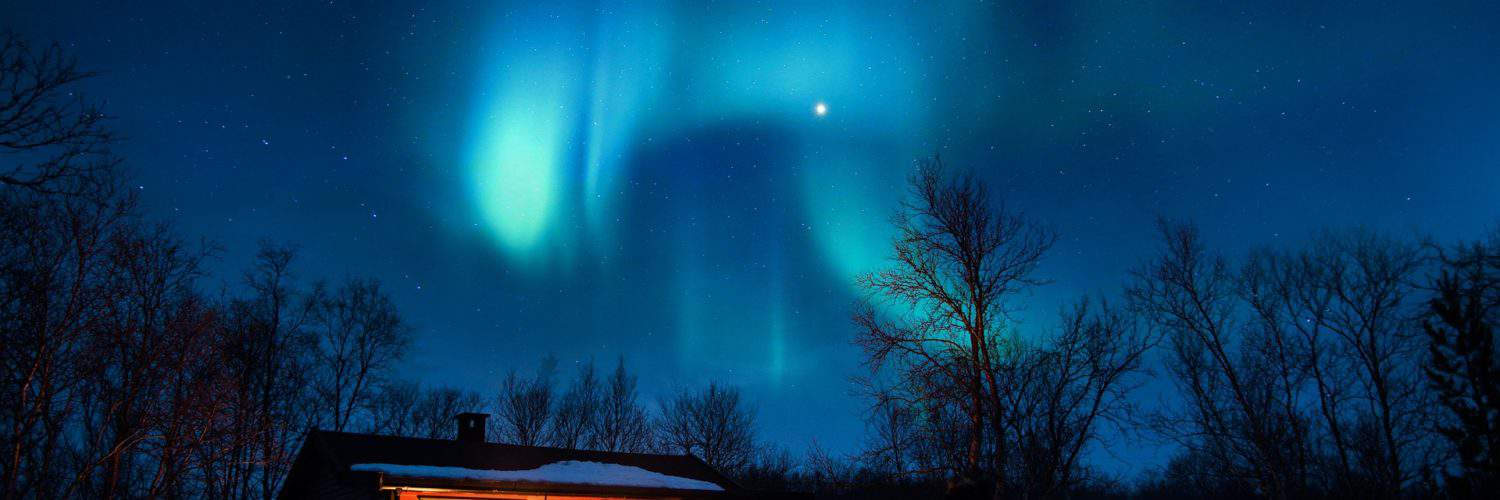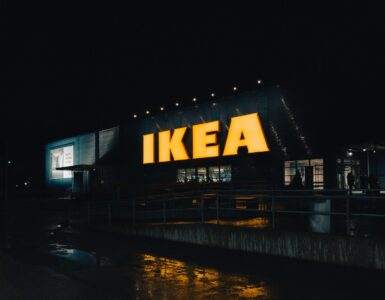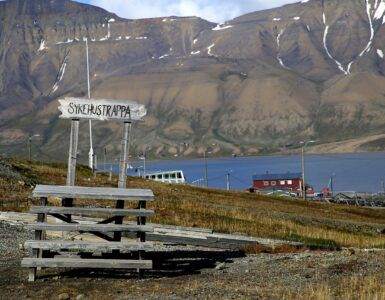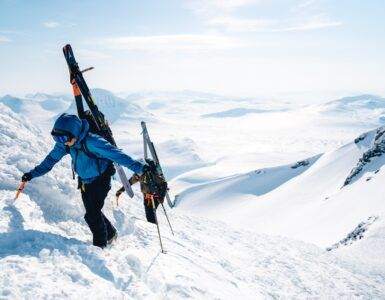The Polar light is a natural phenomenon that occurs regularly around the North Pole and the South Pole. It createds beautiful colors in all shapes on a dark sky. We call this phenomenon the polar light or Aurora Borealis. In the northern hemisphere this is called the northern lights and in the southern hemisphere, the southern lights.
Which natural phenomenon creates the northern lights?
The polar light is caused by the sun and the magnetic field of the earth. Eruptions can occur on our glowing hot sun. Sometimes they are more intense than the next. the strongest eruptions cause a cloud of sun particles to be thrown into space. We call this solar wind. If such a solar wind goes towards the earth, the solar particles collide with the magnetic field of our planet. The earth works like a big magnet with a north pole and south pole. The electrically charged solar particles are deflected along the magnetic field and attracted by the south or the north pole.
The Northern Lights, also known as polar lights or Aurora Borealis, is a light phenomenon that can be seen around the polar circle during cold, clear winter nights.
In this way the sun particles push on towards the earth. There they are slowed down by the atmosphere. Our atmosphere contains air. Air consists of substances that you need to live, such as oxygen, to be able to breathe. The electrically charged solar particles collide with the substances in the Earth’s atmosphere. Through the collision, the energy is transferred to the atmosphere and light is created in all kinds of colors. You can see that light from the earth. Especially when it is dark and you are near the north pole or the south pole. And from space, of course, as you can see on these beautiful pictures made from a space station.
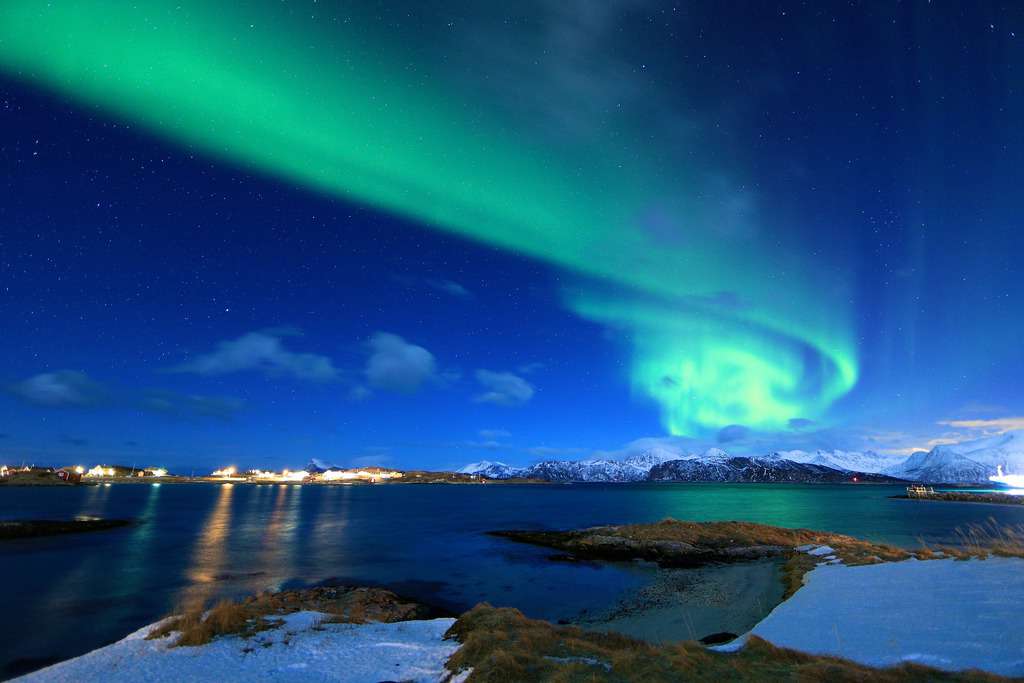
Where to spot the Northern Lights
The best way to spot the Aurora Borealis in Norway is in late autumn, winter and early spring, between September 21 and March 21. Iceland is also the best time to see the Northern Lights from November to March. However, there are no guarantees that you will actually see the stunning spectacle at Noorderlicht destinations. Clouds and a full moon often obstruct the view. Magical as the natural phenomenon is, unpredictability is just as special. There is a website that predicts when you can best see the Northern Lights: Aurora forecast.
Last Updated on May 13, 2019
